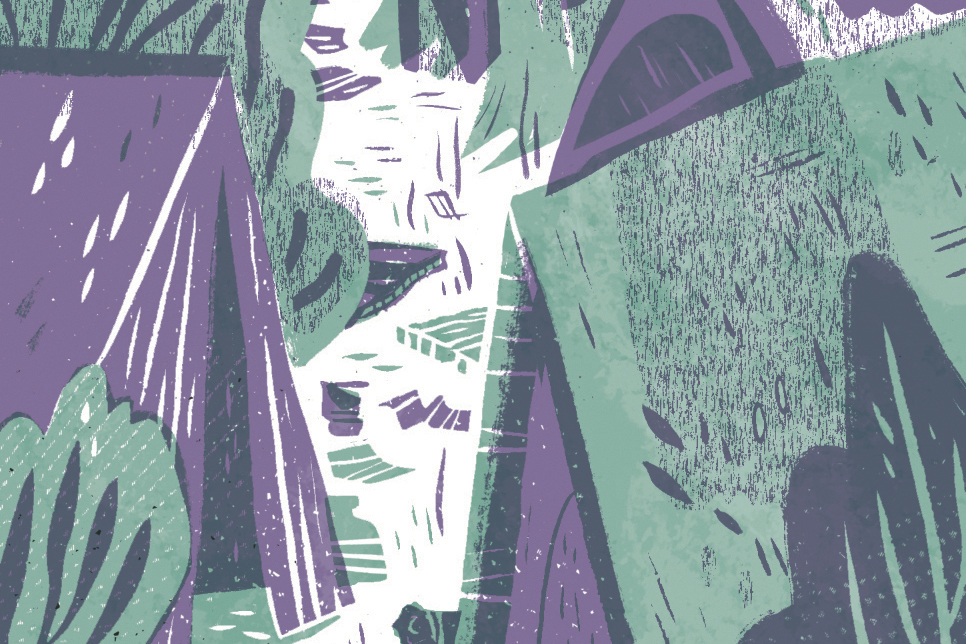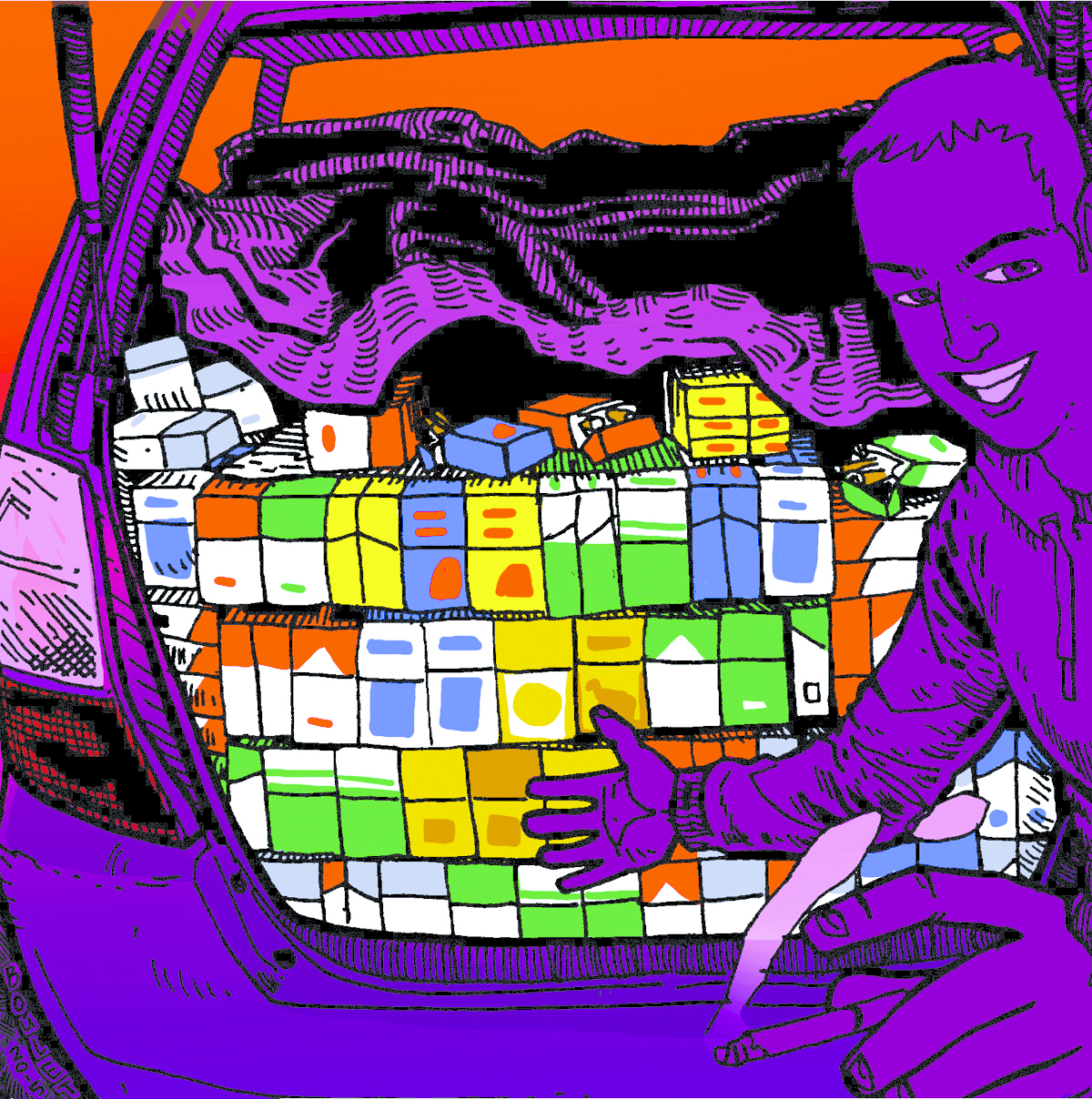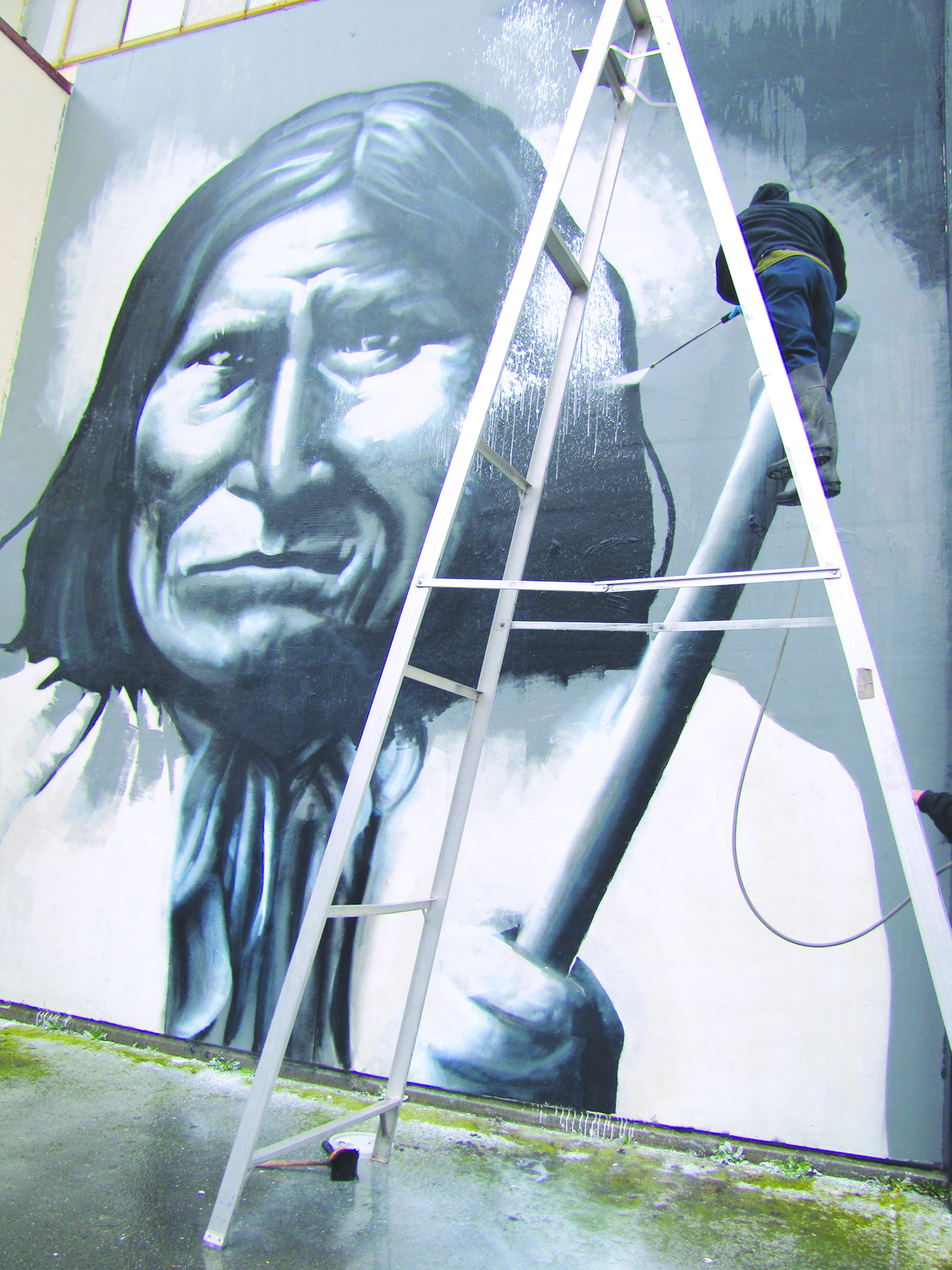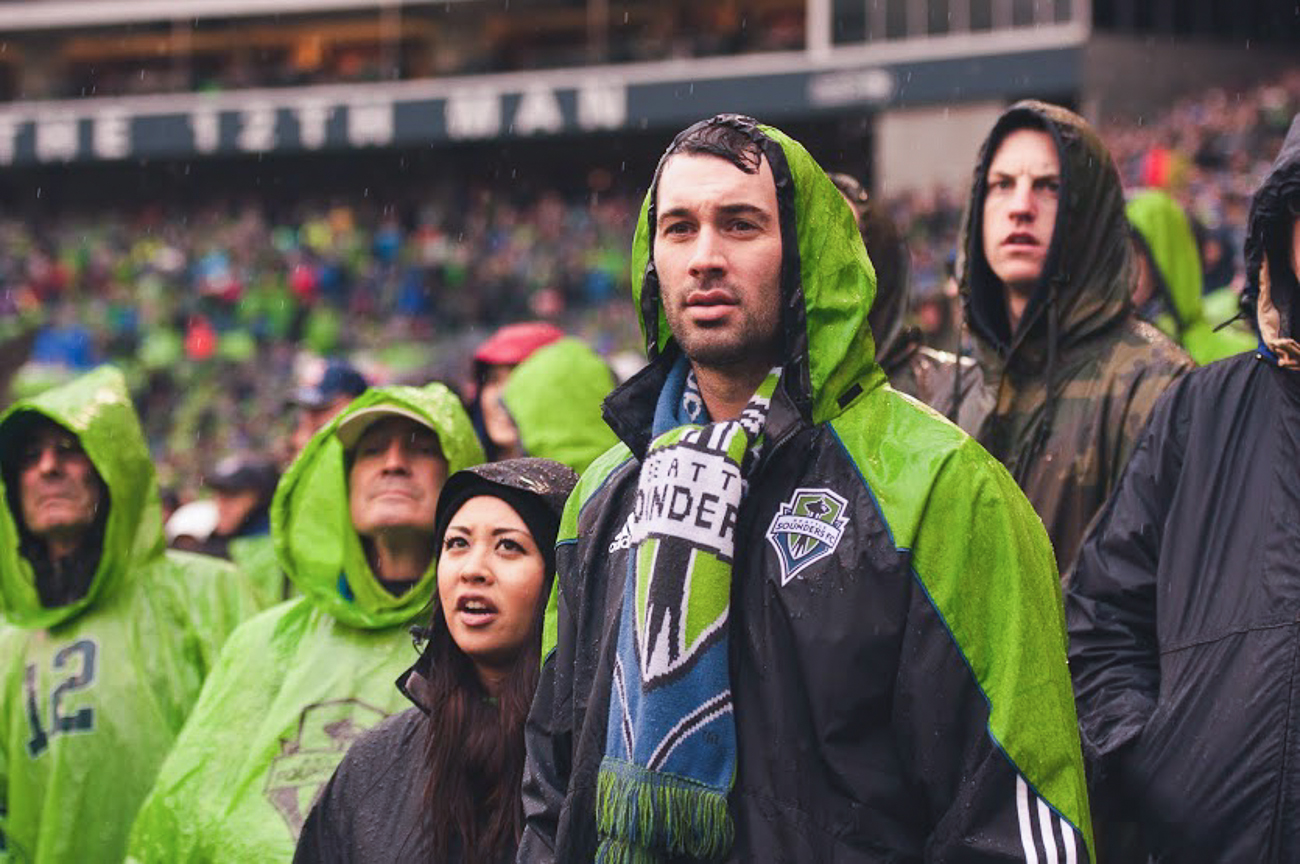Yes, they are naked. But there’s much more to the Solstice Cyclists—the body-painted pedalers who unofficially open the annual Fremont Solstice Parade—than a flash of flesh.
“Ultimately, it comes down to the fact that it’s a freedom, and there’s not a lot of freedom left [in the world],” says Kudra Migliaccio, a Solstice Cyclist for seven years who now organizes the painting party that precedes the locally famous in-the-buff bike ride. “The first five minutes when you’re standing there [naked] is the hardest part.”
Since the early ’90s, nude bicyclists have been crashing the Fremont Solstice Parade, adding frivolity and skin to the Fremont Arts Council’s annual summer kickoff party. In the early years, the cyclists—which Migliaccio describes as a “rogue group” numbering in the single digits and teens—were seen as a distraction, even a nuisance. But the naked riders persisted and multiplied, eventually earning a spot in the hearts of parade-watchers and, more recently, the blessing of the Fremont Arts Council itself. In a sign of the two groups’ newfound cordiality, Migliaccio has even assumed a spot on the Arts Council.
“This year, more than ever, we are starting to integrate,” she says. “Six years ago, there was a lot of conflict. Now I would say we are really working together quite well.”
It makes sense, considering what a draw the naked riders have become for the Solstice Parade. Though the cyclists still aren’t part of the “official” parade, many would say they’re a bigger attraction than the floats and other pageantry. There’s just something about a man or woman free of inhibition, covered in nothing but decorative paint, pedaling toward Gas Works Park that makes Seattleites smile.
According to Migliaccio, the naked cyclists have grown in numbers—reaching a staggering 600 riders last year. This growth reinforces the idea that being a Solstice Cyclist is about more than just baring it all—the draw is bigger than that. “It’s open to anyone who wants to ride,” says Migliaccio. “It is the most eclectic group I’ve ever been a part of . . . Last year I saw my doctor there. She put her finger to her lips and said, ‘Shh.’
“I think it’s a way for people to get in touch with this part of themselves that’s not a day-to-day thing,” Migliaccio continues. “Literally, every kind of person comes to do this ride.”
mdriscoll@seattleweekly.com








